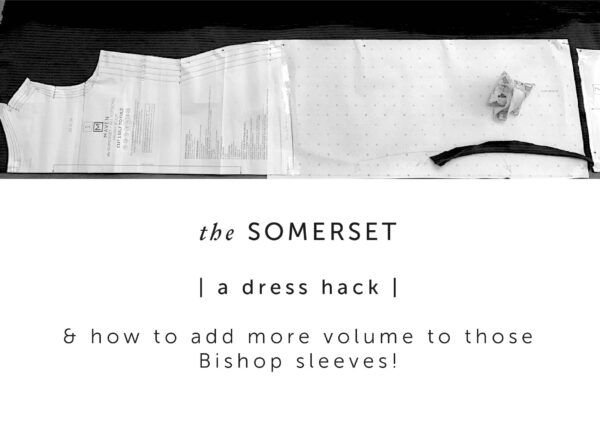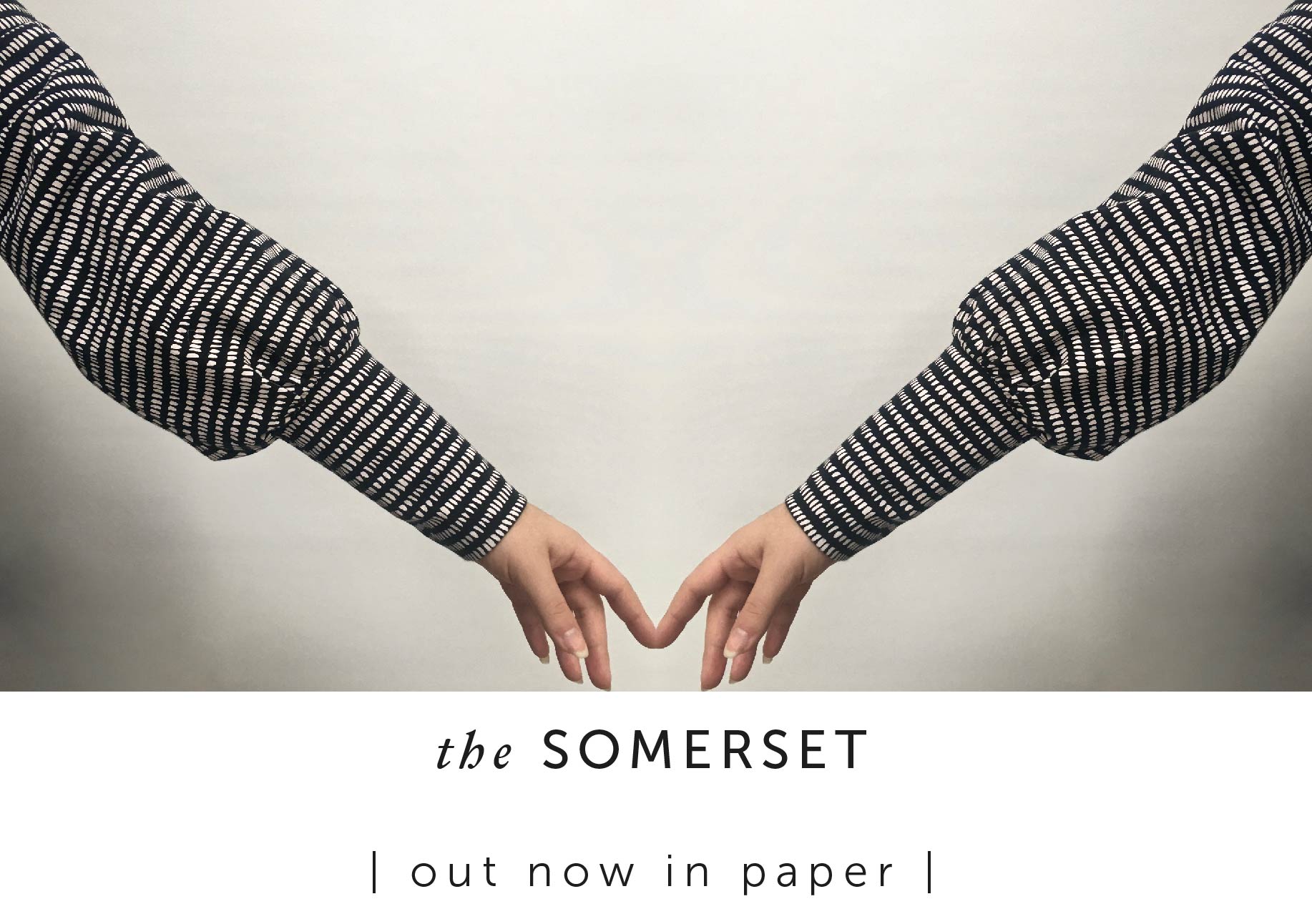
Hello Sewing Friends!
And we’re ending the year on a high the release of the third of our MAVEN1832 sewing patterns – The Somerset1832
To celebrate our latest release all The Somerset PDF patterns are 20% off until 17th December (*midnight GMT) and that includes the Somerset1832 in the new size band in sizes 18-32, the original Somerset pattern in sizes 8-20 and also The 2 PDF Somerset pattern Collection.
The Details
If you’re new to Maven let me tell you a few details about The Somerset T-shirt pattern. I designed her as I wanted a t-shirt to wear with The Good Times Skirt. I like a slim fitting t-shirt, that can tucked in or left out, but one that is definitely not clingy around my middle – I like my clothes (and sewing patterns) to cover a multitude of situations! I was having a terrible time trying to find a nice basic slash neck t-shirt on the High Street, so I started to make them. The joy of being able to make is always a bonus. I started with the 3/4 sleeve, which was a quick jump to a full length sleeve (or the sensible sleeve as I call her) and the bigger Bishop sleeve just seemed fun!
The Somerset t-shirt pattern is designed for Knits with about 40% stretch. There is a stretch guide included in the pattern so you can test fabric. If you’re a little nervous about sewing with knits, don’t be! Sew a few test seams first to get the hang of stitching with jersey. I’ve assumed in the Maker Instructions that you don’t have any special sewing machines, an ordinary sewing machine will do the job perfectly well. I like to use a twin needle to do the hem and an overlocker to neaten the seams but I talk you through a few alternatives. And I have extra photo tutorials HERE
Sizing
I developed a whole new size chart for MAVEN1832 with a dressmakers D cup rather than our usual B cup. We then worked closely with a professional pattern house who has a lot of experience in plus size patterns and had them re-drafted and graded. And we also worked with a professional fit model to for several fittings to ensure the new patterns were up to Maven standards. We have added a bust dart to The Somerset1832 as we all felt it gave a much superior fit with a dart.
View the Size Chart, Garment Measurement Chart & Fabric Requirements here
MAVEN1832 – meet The Somerset1832 testers!
Our testers for the 3 MAVEN1832 patterns were wonderful and I’m very grateful to you all! Understandably, not everyone wanted to be public or share photos outside of the test (that wasn’t a requirement of testing) but I do have permission to share these beauties, some of which are toiles / wearable toiles / early versions but already much loved.
I LOVE toiles. I love the testing and changing and fiddling about with the fit so Toiles are actually often my favourite garments. Wearable toiles even more so as there is no need to be precious and it’s a chance to get stuck in and not overthink. So I shall take this opportunity to say MAKE A TOILE!
Belen / @btxesews
Belen made a couple of Somersets and I do love her spotty sleeve version!
If you are looking for some inspiration it’s a perfect top to make for Christmas and very wearable beyond!
“This is the kind of pattern that has the ability to be very useful and applicable to many styles of dress. A quick seam, with an incredible result!!! Highly recommended!!!”
Belen @btxesews (Instagram)
Phil
Phil made her first Somerset in this lovely ditzy flower print, which looks great with the Bishop sleeve and deep cuff.
Lorraine
One toile – 2 sleeves!
“I loved testing this pattern. It’s such a simple classic style and added bonus, quick to make! I can see it becoming a go to pattern for me. Having avoided using jersey up until now, I found the tips and tricks included in the instruction booklet really helped me get to grips with the fabric and I’m pretty chuffed with the result.” Lorraine
Maggie @PeacockMaggie
Maggie was a fab tester and kindly tested both The Somerset1832 and The Rochester1832!
Katy

One toile – 2 sleeves. Katy made one sleeve with the long straight sleeve and one Bishop sleeve. This is a good idea to test a pattern out for fit and one of the sleeves can always be changed if you decide it is a success and want to wear your toile.
“I’ve not seen a Maven pattern before. The instructions were very thorough.”
Katy
Abigail / @cutandalter
“This was the first time making a pattern from Maven Patterns and the first time using knit fabric to make a t-shirt. The instructions were so detailed and contained lots of information for a sewer new to dressmaking and also great tips on working with knit fabrics. I really like the links to tutorials on the website which were able to go into a subject with greater depth. The neckline on this t-shirt is so nice and was easier achieve than I initially thought – I went slow and followed the instructions! All in all a great make and one which I definitely recommend.” Abigail
Another huge thank you to all of my lovely testers of The MAVEN1832 Collection! Currently the 3 patterns are all available (HERE) in PDF but we are hoping to have them in print in the Spring.
SHARE
Share your makes by tagging us @mavenpatterns #SomersetMaven1832 #SomersetMaven


































